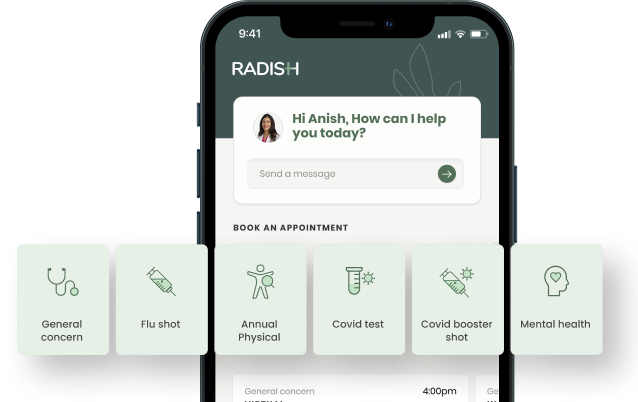Demystifying Yeast Infections and Bacterial Vaginosis

Stella Gandhi, MD
Yeast infections and bacterial vaginosis (BV) are two common vaginal infections that can cause discomfort and disrupt the intimate well-being of women. This week we provide insights into yeast infections and BV, empowering women to maintain optimal vaginal health.

Understanding Yeast Infections and Bacterial Vaginosis
Yeast infections, also known as vaginal candidiasis, occur when there is an overgrowth of the fungus Candida in the vagina. Symptoms may include itching, burning, redness, and a thick, white, cottage cheese-like discharge. Yeast infections are typically not sexually transmitted.
Bacterial vaginosis is caused by an imbalance in the vaginal bacteria. The normally dominant Lactobacillus bacteria decrease, allowing other bacteria to proliferate. Symptoms may include a thin, grayish-white discharge with a strong, fishy odor. Unlike yeast infections, BV is not caused by a specific pathogen and can occur even in women who are not sexually active.
Some Prevention Strategies
- Personal Hygiene: Maintain good personal hygiene by washing the external genital area with mild, unscented soap and water. Avoid douching, as it disrupts the natural balance of vaginal flora.
- Cotton Underwear: Choose breathable, cotton underwear that allows air circulation, reducing moisture buildup. Avoid tight-fitting synthetic materials that can trap moisture and create an environment for bacterial growth.
- Avoid Irritants: Avoid scented products, such as soaps, bubble baths, and feminine hygiene sprays, which can disrupt the natural pH balance of the vagina.
- Safe Sexual Practices: Use condoms during sexual activity to reduce the risk of introducing harmful bacteria into the vagina. After intercourse, urinate to help flush out any bacteria that may have entered the urethra.
Treatment Options and Seeking Medical Care
- Over-the-Counter Treatments: Over-the-counter antifungal creams or suppositories can be used to treat uncomplicated yeast infections. It is important to follow the instructions carefully and complete the full course of treatment.
- Prescription Medications: If symptoms persist or are recurrent, please let us know. Your Radish doctor can prescribe oral or topical antifungal medications or antibiotics, depending on the diagnosis.
- Probiotics: Probiotics, available as oral supplements or vaginal suppositories, can help restore the natural balance of vaginal flora and reduce the risk of recurring infections.
Yeast infections and bacterial vaginosis are common vaginal infections that can cause discomfort and disrupt daily life. By understanding the differences between the two and adopting preventive strategies, you can reduce your risk of developing these conditions!
If symptoms arise or persist, please don’t hesitate to reach out to your Radish doctor to ensure accurate diagnosis and appropriate treatment. Remember, maintaining good vaginal health involves maintaining a healthy lifestyle, practicing safe sexual behaviors, and seeking professional guidance when needed.
Request a Free Demo
Learn how Radish Health can help you improve employee health and save on healthcare.
Request a Demo